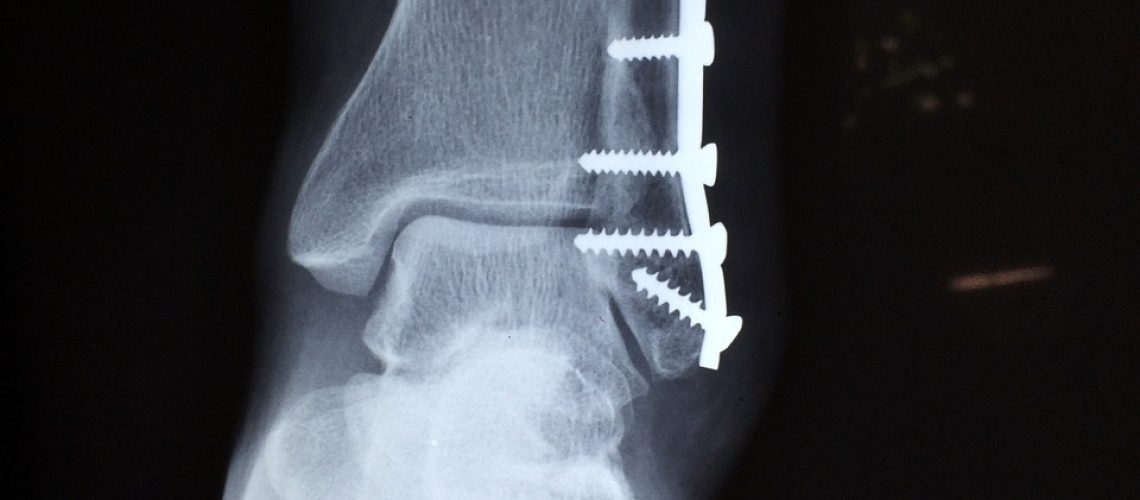Bone fractures can be painful and often require a significant amount of time to heal. Various therapies have been developed to aid in the recovery process, and one such treatment is Low-Intensity Pulsed Ultrasound (LIPUS). This noninvasive therapy uses sound waves to accelerate the healing process and has shown promise in treating nonunion fractures (Gebauer, 2005). This article will explore how LIPUS works, the types of fractures it is best suited for, the treatment duration, potential dangers, and when it should be considered.
How LIPUS Works
LIPUS works by using ultrasound waves, which are high-frequency sound waves, to stimulate the healing process in fractured bones. These sound waves are delivered to the fracture site through a handheld device that emits a series of pulses. The ultrasound waves penetrate the skin and soft tissue to reach the bone, where they stimulate cell activity and promote the formation of new bone tissue (Gebauer, 2005).
The precise mechanism by which LIPUS promotes bone healing is not fully understood, but several theories have been proposed. One theory suggests that the mechanical vibrations caused by the ultrasound waves help to stimulate the cells responsible for bone formation, known as osteoblasts. Another theory proposes that the ultrasound waves increase blood flow to the fracture site, providing essential nutrients and oxygen for the healing process (Gebauer, 2005).
Types of Fractures LIPUS Is Best Suited For
LIPUS has been found to be particularly effective in treating nonunion fractures, which are fractures that have not shown significant signs of healing within 6-9 months of the injury (Santy & Mackintosh, 2011). These types of fractures often require more aggressive treatment options, as they can lead to chronic pain, disability, and complications.
Several studies have demonstrated the efficacy of LIPUS in promoting healing in nonunion fractures. In a meta-analysis of randomized controlled trials, Busse et al. (2002) found that LIPUS treatment led to a 38% reduction in the time to fracture healing.
LIPUS has also been used to treat other types of fractures, such as stress fractures and fractures that are slow to heal, known as delayed union fractures. However, more research is needed to determine the full scope of LIPUS’s effectiveness in treating these types of fractures.
Treatment Duration
The duration of LIPUS treatment varies depending on the severity of the fracture and the individual patient’s healing process. In general, treatment can last anywhere from 4 to 16 weeks (Santy & Mackintosh, 2011). Patients typically undergo LIPUS therapy once a day for 20 minutes, with the handheld device applied directly to the skin over the fracture site.
It is essential to follow the recommended treatment protocol provided by the healthcare provider, as deviating from the prescribed treatment duration or frequency may negatively impact the healing process.
Potential Dangers
LIPUS is generally considered a safe and well-tolerated therapy, with few reported side effects. In a review of the literature, Gebauer (2005) found that there were no significant adverse events associated with LIPUS treatment. Some patients may experience mild discomfort during treatment, but this is typically temporary and not a cause for concern.
However, it is essential to consult with a healthcare provider before starting LIPUS therapy, as there may be contraindications or precautions that need to be considered. For example, LIPUS may not be appropriate for patients with certain medical conditions, such as bone infections or those with implanted metal devices near the fracture site.
When LIPUS Should Be Considered
LIPUS should be considered for patients with nonunion fractures or fractures that are slow to heal. It is essential to consult with a healthcare provider to determine if LIPUS is an appropriate treatment option, as other factors such as the patient’s overall health, the severity of the fracture, and any underlying medical conditions may influence the decision.
In some cases, LIPUS may be used in combination with other treatments, such as surgical intervention, to improve the overall healing process. Healthcare providers can provide guidance on the most effective treatment plan for each individual patient.
Conclusion
Low-Intensity Pulsed Ultrasound (LIPUS) is a promising therapy for accelerating bone fracture recovery, particularly in cases of nonunion fractures. By using ultrasound waves to stimulate the healing process, LIPUS has been shown to reduce the time to fracture healing by up to 38% (Busse et al., 2002). With few reported side effects and a relatively short treatment duration, LIPUS is a valuable treatment option for patients with challenging fractures that require additional intervention to promote healing.
However, it is crucial to consult with a healthcare provider before beginning LIPUS therapy, as individual patient factors and potential contraindications must be considered. By working closely with a healthcare provider, patients can develop a personalized treatment plan that optimizes their chances of a successful and timely recovery from their bone fracture.
References:
Busse, J. W., Bhandari, M., Kulkarni, A. V., & Tunks, E. (2002). The effect of low-intensity pulsed ultrasound therapy on time to fracture healing: a meta-analysis. CMAJ, 166(4), 437-441.
Gebauer, D. (2005). Influence of Low-Intensity Pulsed Ultrasound on Bone Healing. In Bone Regeneration and Repair (pp. 195-208). Humana Press.
Santy, J., & Mackintosh, C. (2011). A phenomenological study of pain following fractured shaft of femur. Journal of Clinical Nursing, 20(13‐14), 1964-1971.

